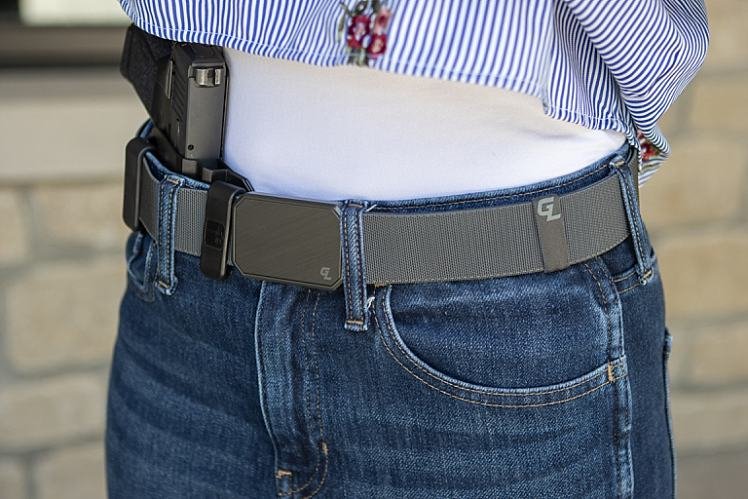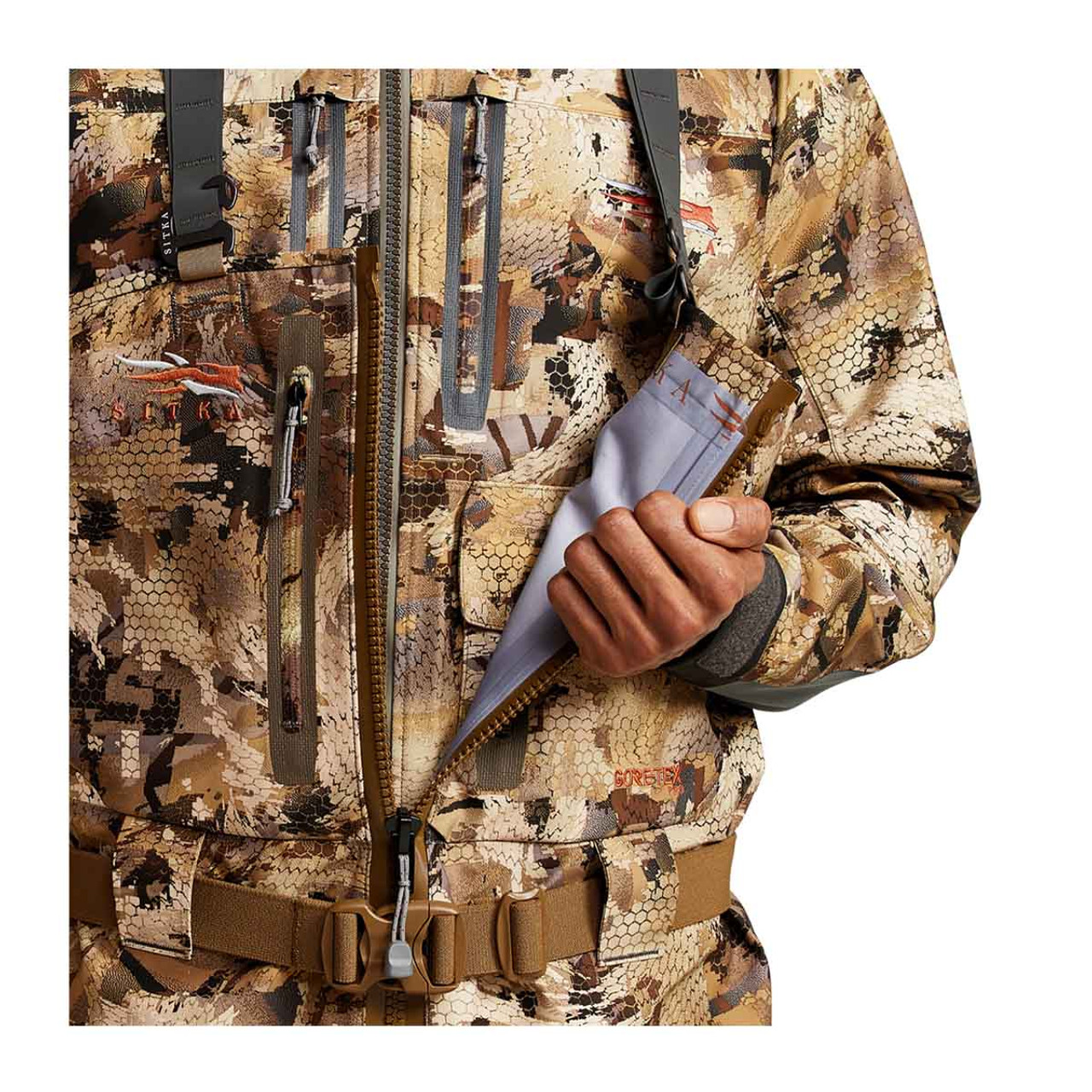
Carrying concealed involves a lot more than just having a good firearm and a solid holster. One of the most underrated yet significant parts of gear is concealed carry belts. Concealed carry belts are not mere fashion pieces; they are load-bearing platforms designed to carry the weight of a firearm, holster, and possibly some spare magazines or tools and hold everything securely and discretely.
But like all gear, concealed carry belts do wear out; they become less rigid and cease working as expected. So, when is it time to change your concealed carry belt? Here are the signs, tips, and things every responsible carrier needs to know.
1. Visible Wear and Tear
First, start with the basics. That involves looking at your belt to determine which material it is made of. If it is made of leather, are there cracks, worn edges, or even stretched holes? If it’s nylon or reinforced webbing, do you see fraying, fading, or worn stitching?
Belts take a pounding every time you buckle or unbuckle them. Wear and tear becomes inevitable when you throw in the gun weight. If your belt looks considerably worn, don’t wait for it to fail at the most inopportune time-ahead of that, get a replacement.
2. Poor Retention or Shifting Gear
A good Concealed Carry Belt should holster your holster much where you-mounted it-whether appendix, strong-side, or behind the hip. If it is gradually shifted when you walk, sit, or move around all day, the belt has probably lost its grip or strength.
Shifting gears does not only compromise comfort. It also increases the draw time and exposes your weapon. If you find yourself constantly adjusting your holster or pulling your belt tighter, then you need a new one.
3. Malfunctioning Hardware
All hardware-whether the belt has a regular buckle, Cobra-style, or ratchet system-are an essential ally of the strap with which they are laden. An old buckle can pop open, easily slide around, or break when called under Fatigue.
Survey the hardware at least once. It is time to replace your belt if you see it ever slipping, feeling loose, or hard to buckle because these are signs that something is seriously wrong. A failure in the field or during a critical moment is not a risk worth taking.
4. Decreased Comfort
Sometimes, deterioration or degradation is hard to catch; it’s all about the feel. If your belt is painful, digs into your side, or pinches when you sit, it may have had its day, having internally warped or broken down.
Your carry setup should be one you can comfortably wear all day long. Your belt should provide comfort and not be a burden; if it does, replacement is just a matter of time.
Final Thoughts
A concealed carry belt is more than just a strip of material holding up your pants-it’s a vital portion of your self-defense system. Once it ceases to hold your firearm snugly, comfortably, and reliably, it simply has to go.
Inspection of your gear should also be a habit, like your firearm and holster routine. Do not hesitate to purchase a new top-quality carry belt when in doubt. Your peace of mind, safety, and effectiveness make it all worth it.



